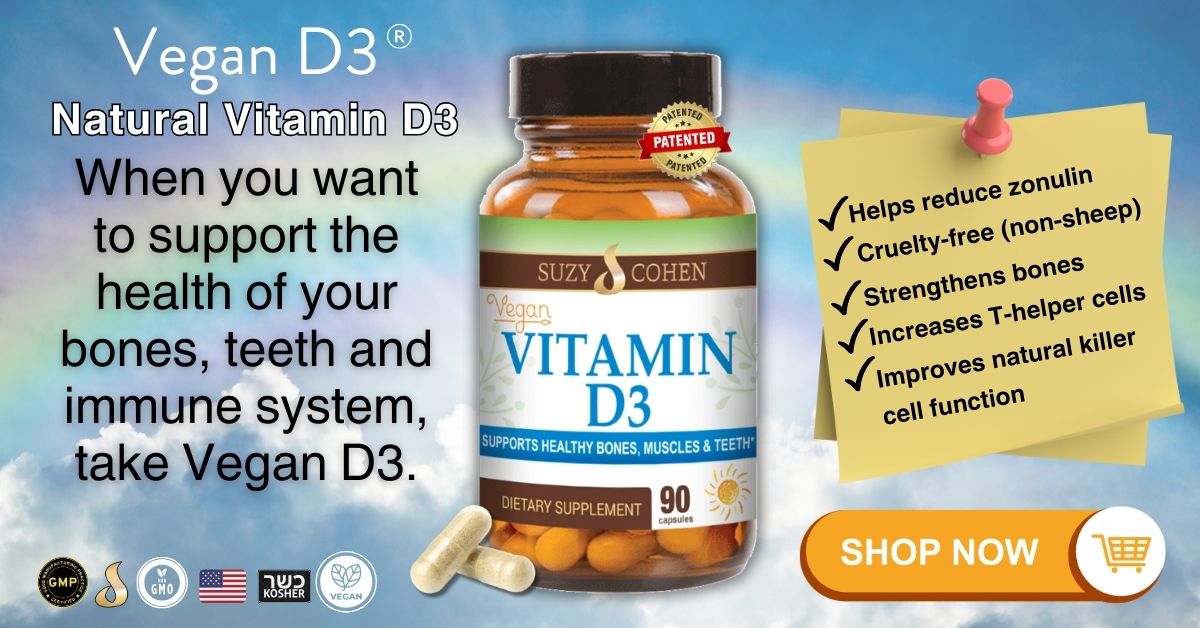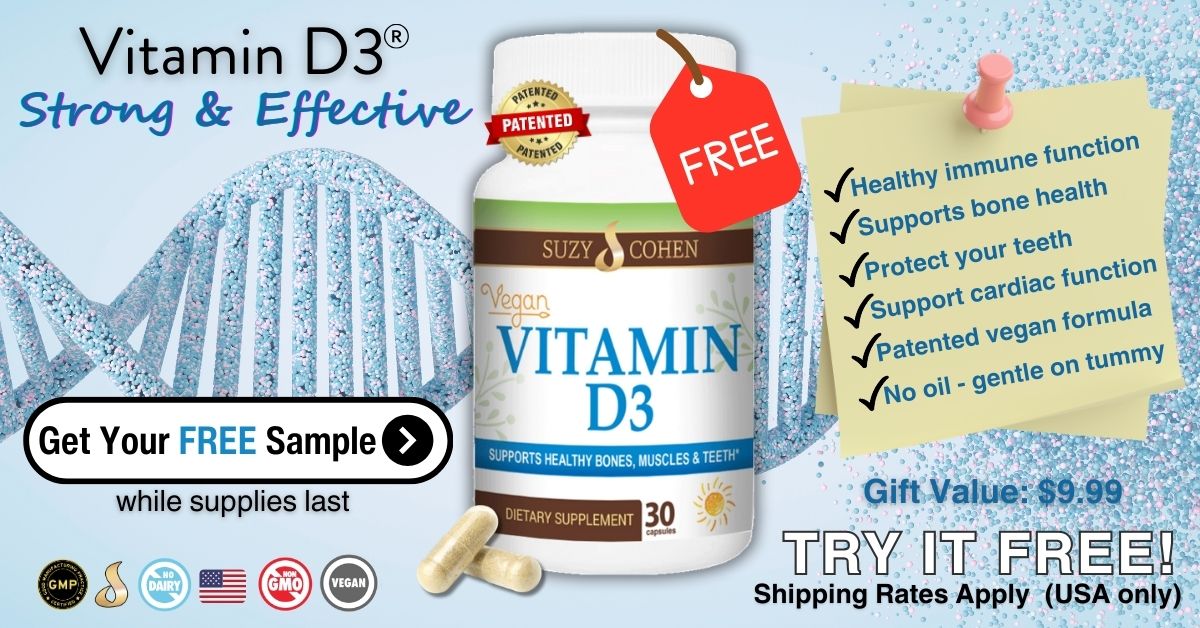Adults can tell pretty easily if they react to a specific food but it may go unrecognized in kids. Today, I’ll share the less frequently reported symptoms that you or your child may have experienced from eating a particular food, or a medication that is derived from food. First, to show you how common this is, kids under the age of 18 with food allergies this past year reached 4.8 million! There are about 30,000 visits to the ER each year, and several hundred fatalities. That’s a lot of discomfort! And a lot of money spent in an ER to get help.
Symptoms associated with food allergies vary greatly. Most people know about skin rash, hives, itch or tingly sensation in the mouth and lip/tongue swelling. Also, abdominal cramps or swelling of the throat and/or vocal cords. These are pretty typical for a food allergy, but did you know the following are also related to food allergies? These are very tightly associated with food allergies, however, they are less frequently reported because most people don’t tie it together to what they just ate! In no particular order:
Flushed skin
Diarrhea
Nausea (or vomiting)
Coughing
Sneezing
Wheezing or Difficulty Breathing
Dizziness
Fainting or Lightheadedness
If you experience any of these symptoms, or the typical ones listed above this list, then please get appropriate help. Taking Benadryl isn’t the answer for everyone, some people need emergency medical care, an inhaler to help breath or an EpiPen, and/or a Medrol Dosepak (or steroid equivalent). If you know you’re allergic to a specific food group, please avoid it at all costs.
If you know you’re allergic to a specific food group, please avoid it at all costs. It’s not if you’re allergic to peanuts. You have to avoid everything derived from the food you are reactive to. Let’s talk about the most common foods and food groups that cause these symptoms of sensitive and possibly anaphylaxis.
Peanuts.
First up on the list is peanuts. Peanuts are highly allergenic to millions of people, so I’ve always thought it was in bad taste to serve them on planes. To that end, Southwest Airlines stopped doing on August 1, 2018. Good for them! I love flying Southwest because the flight attendants are sometimes funny, and once there was actually a few cute penguins loose on my flight! They were transferring it from the Denver zoo to the San Diego zoo.
Anyway, peanuts are top of the list and many people react to them. Some older women do too, if they take a drug that contains peanut in it called “Prometrium” or Depakene® (Valproic Acid, a drug used for seizures and nerve pain) which contains peanut oil in some of the brands. Some immunologists say peanut oil is alright with a peanut allergy, but not all. Check with your physician on this. Hidden sources of peanuts include Goobers® peanut candy as well as marzipan, beer nuts, nougat and weirdly, artificial nuts.
FYI, the first peanut antidote type of medication was just FDA approved (January 2020) and it is called Palforzia. This could help families who live under the oppression and fear that an accidental ingestion of peanuts will cause harm.
Eggs.
Obviously, you can avoid eggs for breakfast as well as quiche, but did you know you should also read labels and probably avoid many baked goodies, some canned soups, frosting, mayonnaise, marshmallows, meatloaf and certain brands of coffee drink foam and ice cream! Some artificial flavorings may contain egg derivatives as well. As it pertains to medication and supplements, some makers put “lecithin” in their product, which may contain egg proteins. The surgical sleep-inducing anesthetic called “propofol” contains egg proteins (as well as based ingredients). Also, you will want to avoid meringue and surimi which is a refined fish protein that contains egg white. Picture artificial crab meat for example, that contains surimi usually. Read ingredients on the label.
Fish & Shellfish.
Salmon, tuna, halibut, cod and snapper are the most common. It causes asthma-like symptoms and can be very severe. You will want to avoid seafood in general due to cross sensitivities, as well as Fish Oil supplements (both EPA and DHA). A lot of people assume that if they’re allergic to fish, they’re also allergic to iodine because iodine is found in seafood. But this is a myth. One has nothing to do with the other, unless perhaps you’re allergic to both fish, and to iodine. It’s the protein in the fish meat that is often the culprit (not iodine). For that matter, while I’m thinking about iodine – it’s also found in IV media contrast for some MRIs and this is NOT the same type of natural iodine that you need to survive. To read more about Iodine: Clearing the Iodine Confusion – Why Salt is Not Enough.
Hidden sources of fish-based ingredients are found in Worcestershire sauce, Caesar dressing, caviar, anything made with surimi.
As for shellfish, think of lobster, crab, prawns, shrimp and crawfish. You will need to avoid glucosamine as well, because this is derived from shellfish. (That’s just one reason I did not put it in Joint Script which is glucosamine-free).
Allergies to seafood and especially shellfish can cause neurological types of symptoms due to the problem that some people harvest these animals and treat them (or treat the water) with chemicals that are neurotoxins. You might feel faint, lightheaded, dizzy or foggy. It might go unnoticed to your meal, meaning you don’t see the connection! Tropomycin, the same compound found in cockroaches, is the most common cause for adult-onset allergies to shellfish. Cross-reactions can occur. For that matter, cross-reactions to dust mites, and moths are also possible.
Furthermore, the actual meat protein of these creatures can spark an allergy at any time during your life. I used to eat lobster but haven’t had any in many years because they are just basically bottom-feeders and something about that grosses me out now. I found some other vehicle to get the butter down! By the way, iodine-based contrast dyes (and iodine supplements) have no bearing on a reaction caused by eating shellfish. Ask your immunologist to be sure of what’s right for you.
Tropomycin is the most predominant compound in crustaceans that people are allergic to, and this allergy almost always develops later in life. If you’re allergic to shrimp, then you should stay away from crab and lobster too. It’s a ubiquitous allergen found in all crustaceans as well as cockroaches which belong to a cousin family. You can read more about tropomycin HERE.
Wheat or Gluten.
This allergy isn’t an emergency, but many people find that they have fewer GI symptoms when they go gluten-free. If you have Celiac, for sure you need to avoid this food additive. You think you have to simply avoid bread and pasta but it’s much more than that. Gluten is found in many foods and food products like salad dressing, soy sauce, deli meat, gravy, granola bars, some flavored potato chips and canned soup.
Milk.
Allergies to milk may involve allergies to the specific milk protein called “casein.” It’s not usually the sugar (lactose), we break that down pretty easily as humans. Milk alternatives on occasion have milk-derived whey protein in them, which fools people into thinking their safe when they’re laden with milk-derived proteins. So check your label on pea, oat, soy, almond, coconut or flax milk just to be 100% sure it doesn’t have any milk-derived allergens in it. This conversation made me think of something. Once I drank camel milk, I have no idea why, it was sold at a local grocery store. It was fine.
You know the obvious ones to avoid like cow’s milk, ice cream, butter, cow’s milk based cheese (Sometimes sheep/goat is alright! It depends on the person.), sour cream, cream cheese and yogurt. But milk and dairy ‘hide’ in lots of other foods so read the ingredient labels:
Hot dogs and cold cuts
Gravy
Granola and candy bars
Fried foods
Thai or Indian cuisine
Battered foods
Baked products (ie muffins, cake, cookies)
You know the obvious ones to avoid like cow’s milk, ice cream, butter, cow’s milk based cheese, sour cream, cream cheese and yogurt. But dairy hides in deli meats, gravy, baked goods and batter-fried foods.
Some breathing medications/inhalers such as Advair Diskus, Flovent Diskus, Asmanex and Pulmicort contain lactose monohydrate which contains milk proteins like casein. So be aware of this if you’re treating a milk/dairy allergic reaction with an inhaler that contains trace amounts of it!
What about chocolate?
I’d put my money on it containing dairy, even if that’s not made clear to you on the label. Many popular brands of chocolate claim to be “dairy free” is quite possibly full of dairy, and if this concerns you, read my other article, Dark Chocolate Might Cause Allergies Due to Hidden Compounds. Also, meal replacements (think Ensure®) contain milk sometimes. So does Lactulose, a popular laxative.
Soy.
Soy is in almost everything, it’s so hard to avoid. Part of the reason for that is because food makers call soy by other names such as:
1. Hydrolyzed plant protein (HPP)
2. Hydrolyzed soy protein (HSP)
3. Hydrolyzed vegetable protein (HVP)
Vegans eat a ton of soy if they’re eating meat substitutes. Soy is found in miso, natto, soy milk, meat or cheese substitutes and some ice cream brands. Edamame is soy.
Soy is found in many brands of bread crumbs, cereal, crackers, seasonings, bullion, bean sprouts, baby formulas, make-up, and even meal replacements. It’s truly hard to avoid. Luckily, anaphylactic reactions are rare, but they do happen. Soy is found in “soy lecithin” which is in a lot of medications and supplements (not mine!) and it’s also found in many breathing inhalers. Think of Atrovent or Combivent. Ask your pharmacist if you take a different inhaler and have a soy allergy. Soy oil is often found in some IV nutritional bags at the hospital.
What can you do?
Be vigilant about reading food labels and looking up unfamiliar sounding ingredients so that you know exactly what you’re consuming.
Call or email manufacturers, don’t be shy. I have a Vitamin Shop, and I have to answer questions all the time such as “Does this contain corn?” Or “do you have egg in that?” And other questions… I am more than happy to accommodate people because I just want you to be safe, and informed about what you’re taking when you buy from me. Good companies won’t mind looking this sort of thing up for you. Food makers might take more time though, they are huge conglomerates and so I’d start with their website first, and then try emailing.
Recognize symptoms quickly.
If you think you’re having a severe reaction to food or medicine, act quickly, call 911 or text/call a neighbor, don’t take the “wait and see” approach.
Keep a list in your wallet.
If you know you’re severely allergic to shellfish or Yellow Dye #5 or whatever, note this on a list and keep it in your wallet, and maybe your mobile phone under a new contact named “Allergies.”
Don’t be shy.
If you’re at a restaurant, be vocal about your allergies. I’ve found that many waiters/waitresses do not fully understand the discomfort that arises from a true food allergy and they are sometimes dismissive or terribly uninformed when you say you’re allergic to something. I remember being out with a friend and she said she’s allergic to fish and is there any anchovy in the Caesar dressing. The waitress’s response was “No, it’s just like Ranch they don’t put fish in dressing.” When my friend pressed to see the label of the Caesar dressing they had heavily doused her salad with, sure enough, it contained anchovies. Stupid! Frustrating. My friend would’ve landed in the ER that night had she been shy.
CLICK LIKE to FOLLOW Suzy Cohen – Get Important Health Tips

Suzy Cohen, has been a licensed pharmacist for over 30 years and believes the best approach to chronic illness is a combination of natural medicine and conventional. She founded her own dietary supplement company specializing in custom-formulas, some of which have patents. With a special focus on functional medicine, thyroid health and drug nutrient depletion, Suzy is the author of several related books including Thyroid Healthy, Drug Muggers, Diabetes Without Drugs, and a nationally syndicated column.



